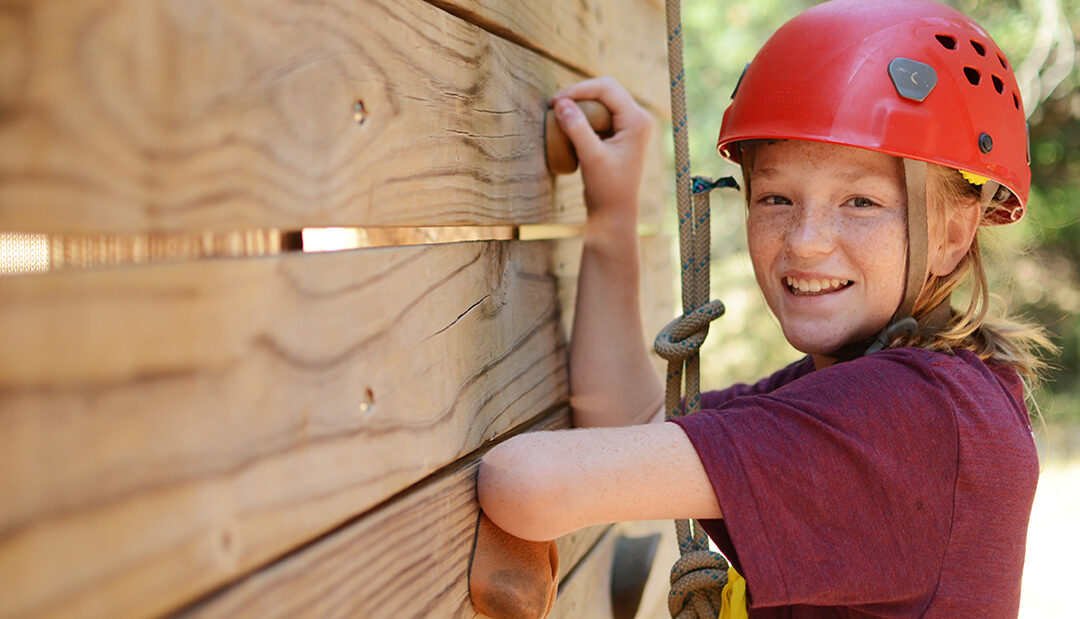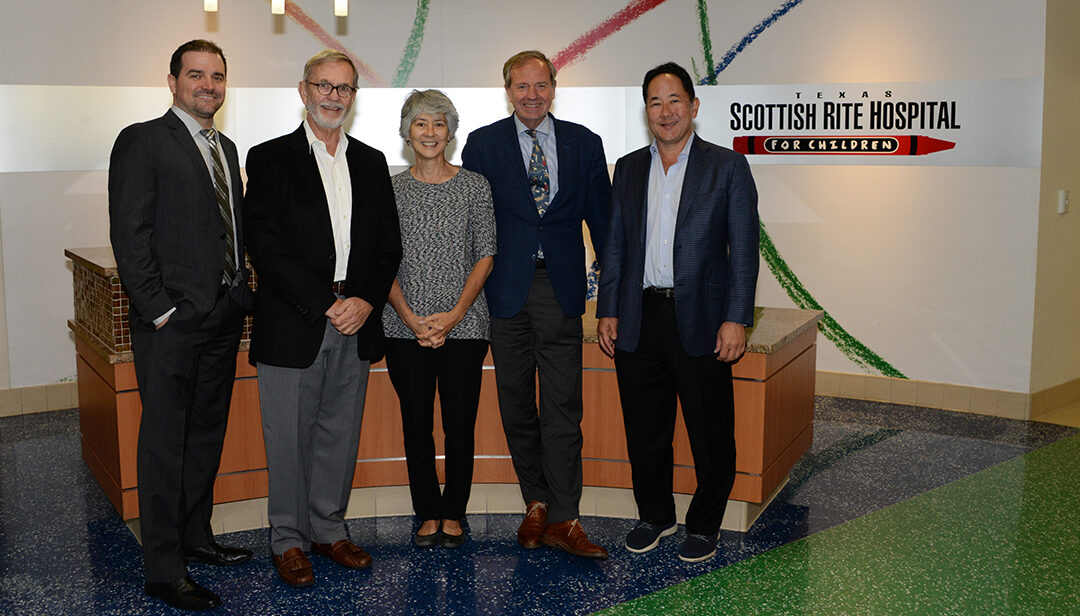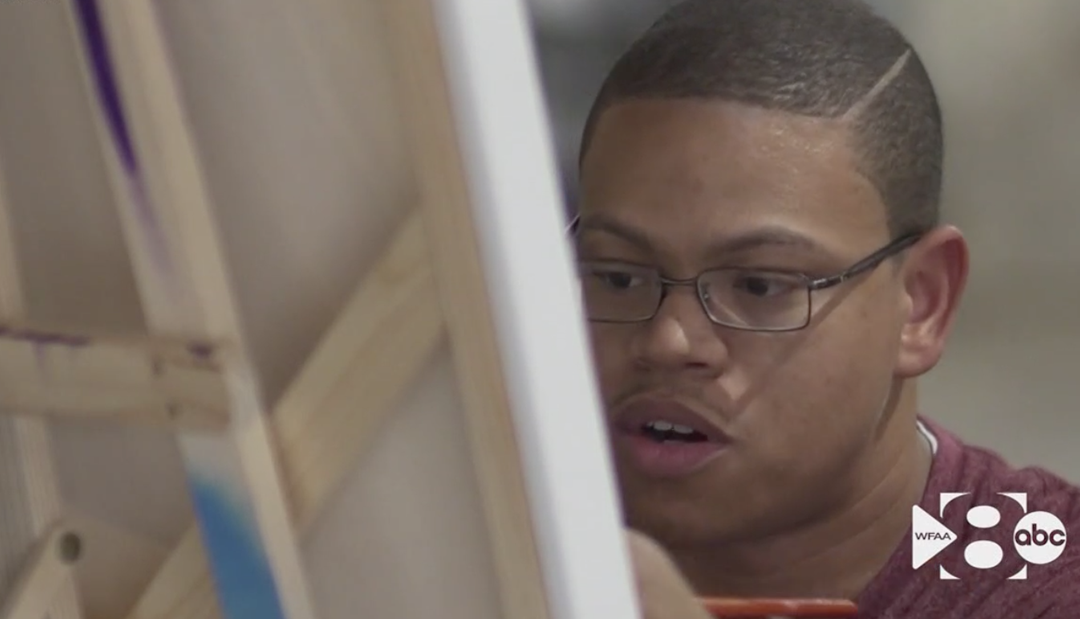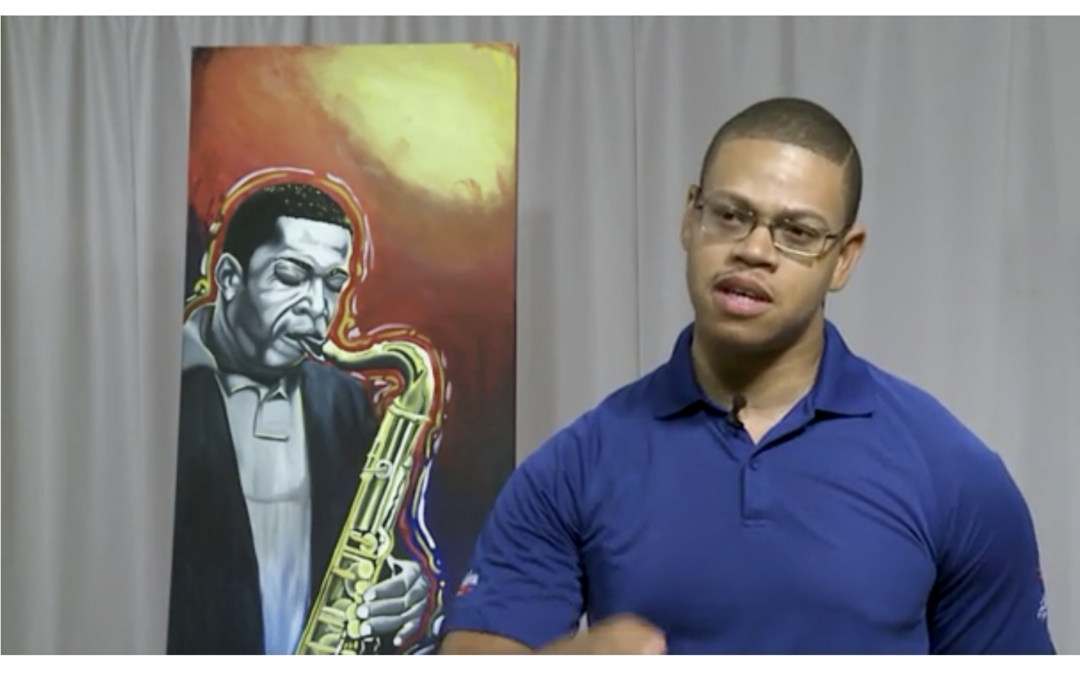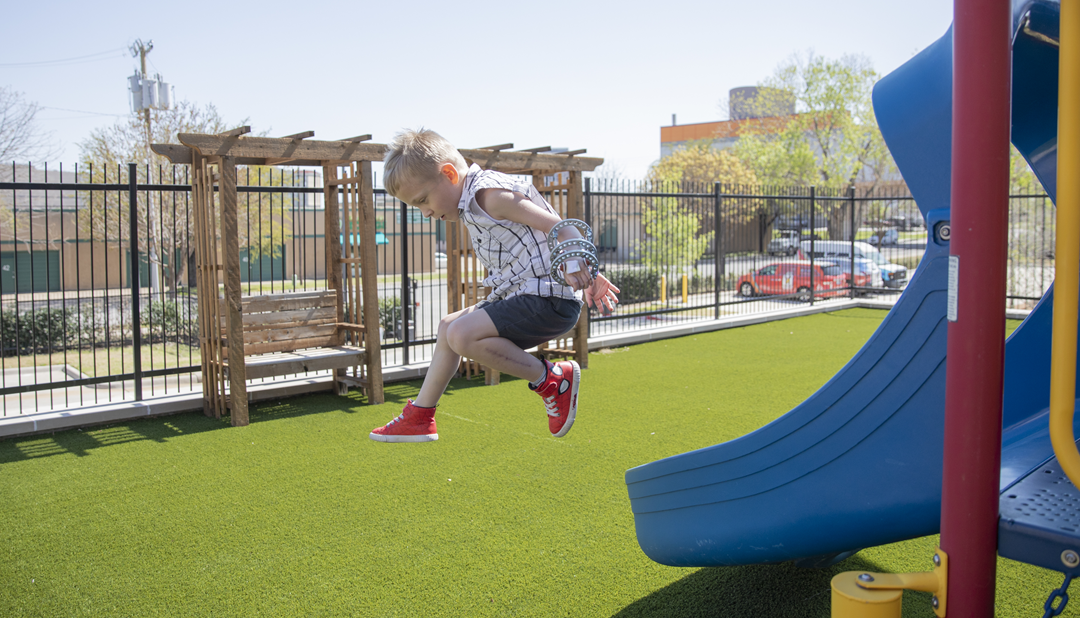
On The Move: Unstoppable
Article previously published in Rite Up, 2022 – Issue 2.
It is not uncommon to see Michael, of Redmond, Washington, posing like his favorite superheroes. He loves playing Minecraft™, riding his bike, swimming, wearing costumes, acting, dancing and singing. In January 2021, this highly active and vivacious young man had a life-changing surgery performed on his left forearm by pediatric orthopedic experts from our hand and limb lengthening and reconstruction teams at Scottish Rite for Children.
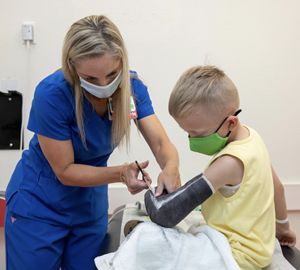
“I have no words to describe the blessing it has been for Michael and myself,” Berenice, Michael’s mother, says. “Scottish Rite is simply amazing.”
Michael was born premature at 23 weeks and stayed in the NICU for four months. At 3-months-old, the family realized he had a bump on his left arm and worked with Michael’s doctors to investigate the issue. Following a biopsy, it was determined that Michael had congenital pseudoarthrosis, which caused a deformity in the bones in his left forearm.There are very few teams that could successfully manage the complexities and intricacies of Michael’s treatment, but Scottish Rite for Children could. “To me Scottish Rite is a place where miracles happen, where the prayers of many parents come true,” Berenice says. “The doctors really care, and all the staff understand you and want to help in any way they can. Somehow you know your child is in the best hands, and you trust they are going to be okay.”
Watch Michael’s Story and learn more about Scottish Rite’s extraordinary care.
Read the enitre issue.

